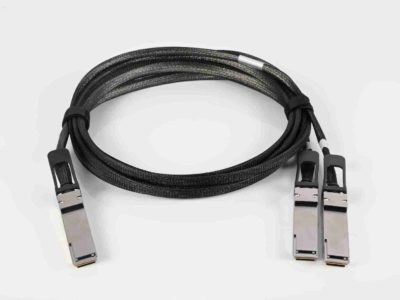The Middle East, Türkiye, and Africa (META) smart home device market saw shipments increase 1.4% quarter on quarter in Q1 2023 to total 8.56 million units. That’s according to the latest insights from International Data Corporation (IDC), with the firm’s newly updated Worldwide Quarterly Smart Home Device Tracker showing a mixed performance across different product categories.
RELATED: META smart home devices market sees mixed results as challenging economic conditions begin to bite
The market’s growth was primarily spurred by home monitoring / security and lighting devices, with shipments up 8.9% on the previous quarter. On the other hand, the entertainment category — which includes devices such as smart speakers and set-top boxes — saw shipments decline 9.2% over the same period.
“The region’s real estate market has been quite robust, particularly in the UAE and the rest of the Gulf countries,” says Isaac T. Ngatia, a senior research analyst at IDC. “End users are increasingly installing some form of smart devices in their homes — even if it’s just relatively simple devices like smart bulbs. At the same time, the TV category has matured to the point that most vendors are now only shipping smart TVs by default. However, the challenging economic conditions are still having an impact on overall spending, with a decline in demand for low priority items.
“The market ecosystem continues to expand across the META region, helping to raise overall awareness about smart home devices. Such devices are also now more widely available across a greater variety of channels throughout the region. For example, some telecom operators now offer smart/connected living devices as part of their home subscription packages.”
While the META region’s smart home device market is currently going through a slow growth phase — as is the case with most other technology devices — IDC expects the market to accelerate by the end of the year. The establishment of smart home devices as a key ingredient for smart living will support the growth of this category. Market enablers such as embedded AI capabilities, improved connectivity, regulatory policies, and developments around smart cities and sustainability have been driving the market’s momentum, and this is only expected to accelerate as the macroeconomic environment improves over the coming quarters.
“Over time, the META region has seen great improvements in connectivity, which is a key enabler driving the adoption of smart home devices,” says Ngatia. “More than 60 of the 70 countries that IDC covers across the region now have 4G connectivity. And around 20 are already in the process of rolling out 5G.”
The region continues to see an increasing influx of smart home device vendors battling to grab share in the overall market. Some of the leading brands in the region include Amazon, Anker, Apple, BenQ, Bose, D-link, Eufy, Google, Honeywell, Huawei, IKEA, iRobot, LG Electronics, Nest, Ring, Ring, Samsung, TCL, TP Link, Xiaomi, and Yale, among others.
IDC tracks various categories of smart home devices — including smart appliances, smart home monitoring / security devices, smart lighting, smart speakers, smart thermostats, and smart video entertainment — and defines smart home devices as network endpoints that are primarily designed for home use via network connectivity. The devices can use Internet Protocol (IP) or other networking protocols (IP-adjacent) like Bluetooth, ZigBee, Z-Wave, Thread, etc.
COVER PHOTO: My Realestate
































